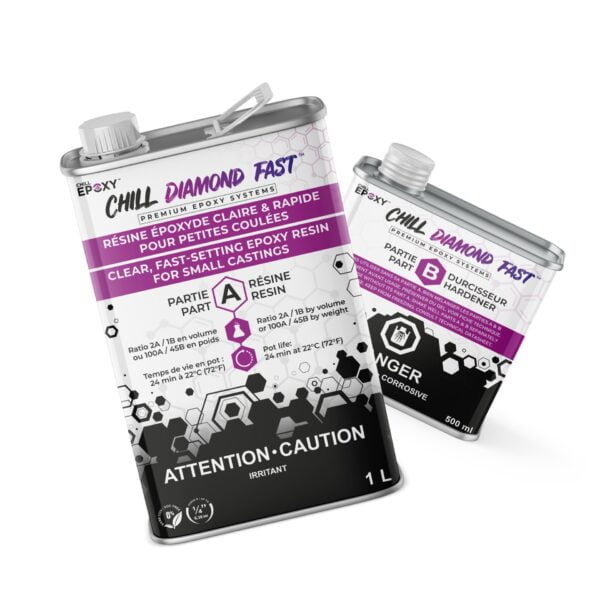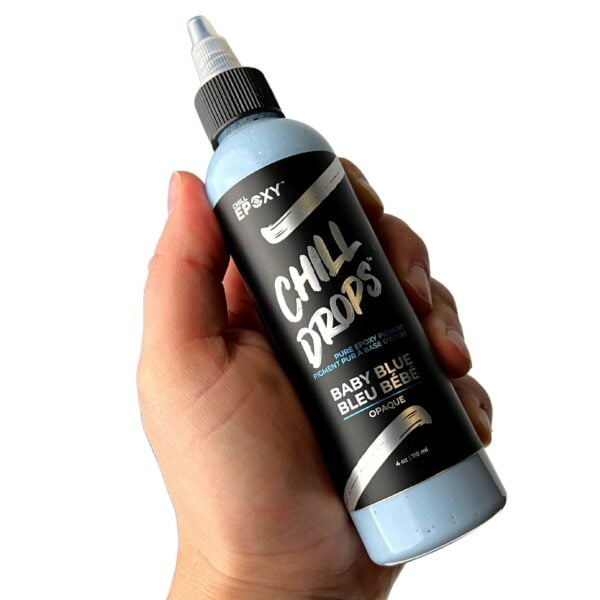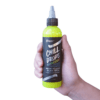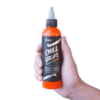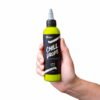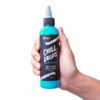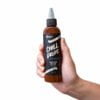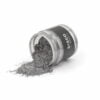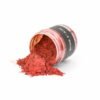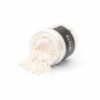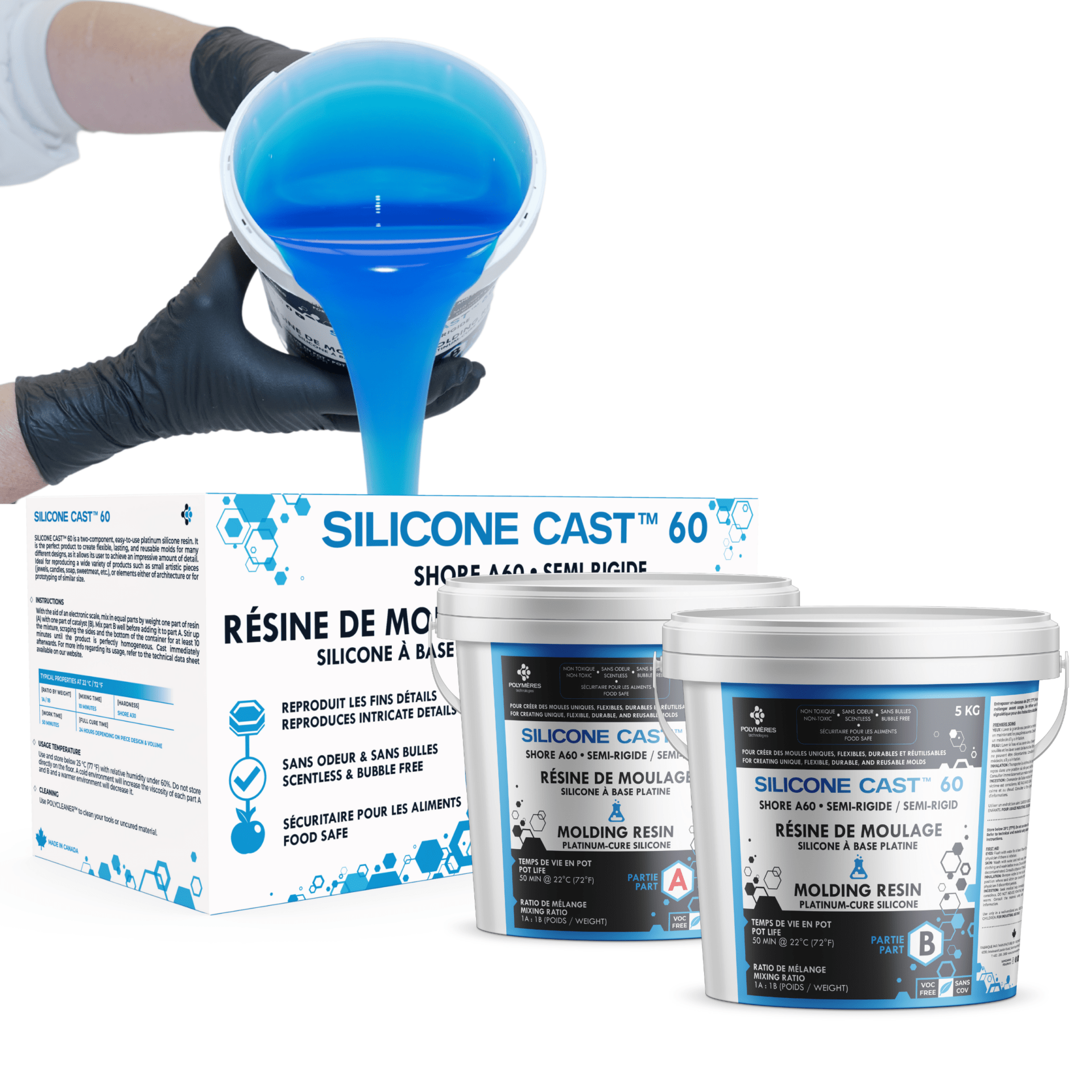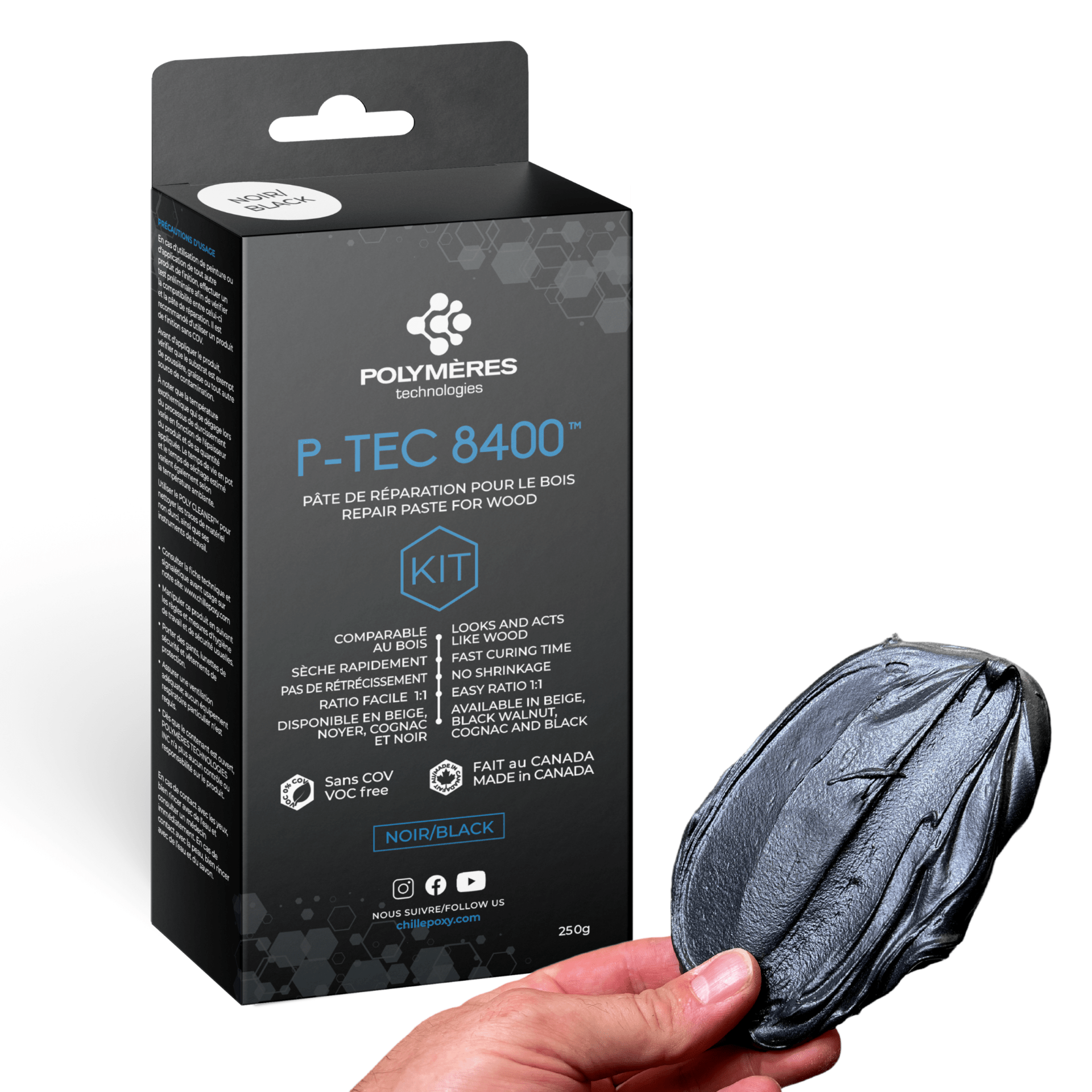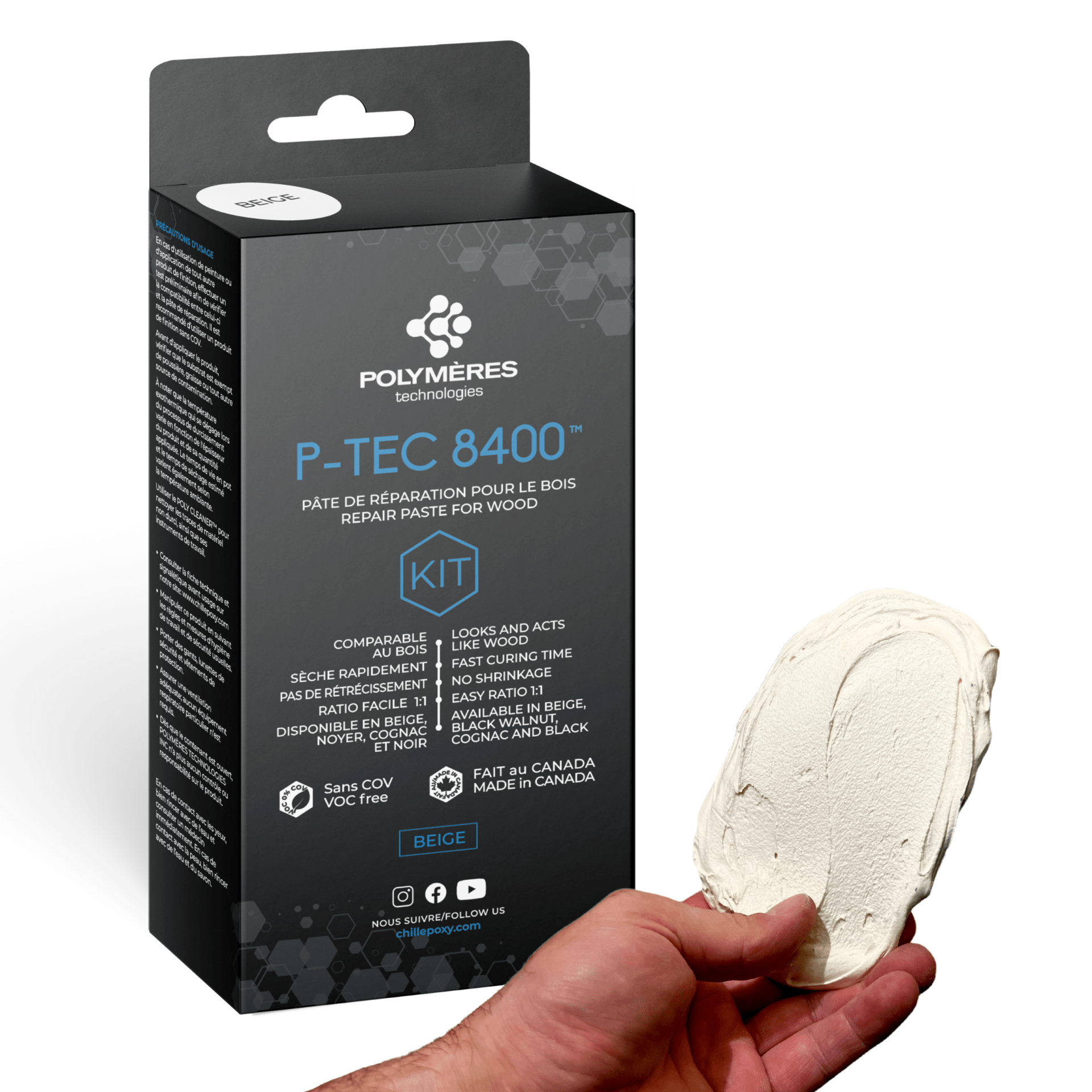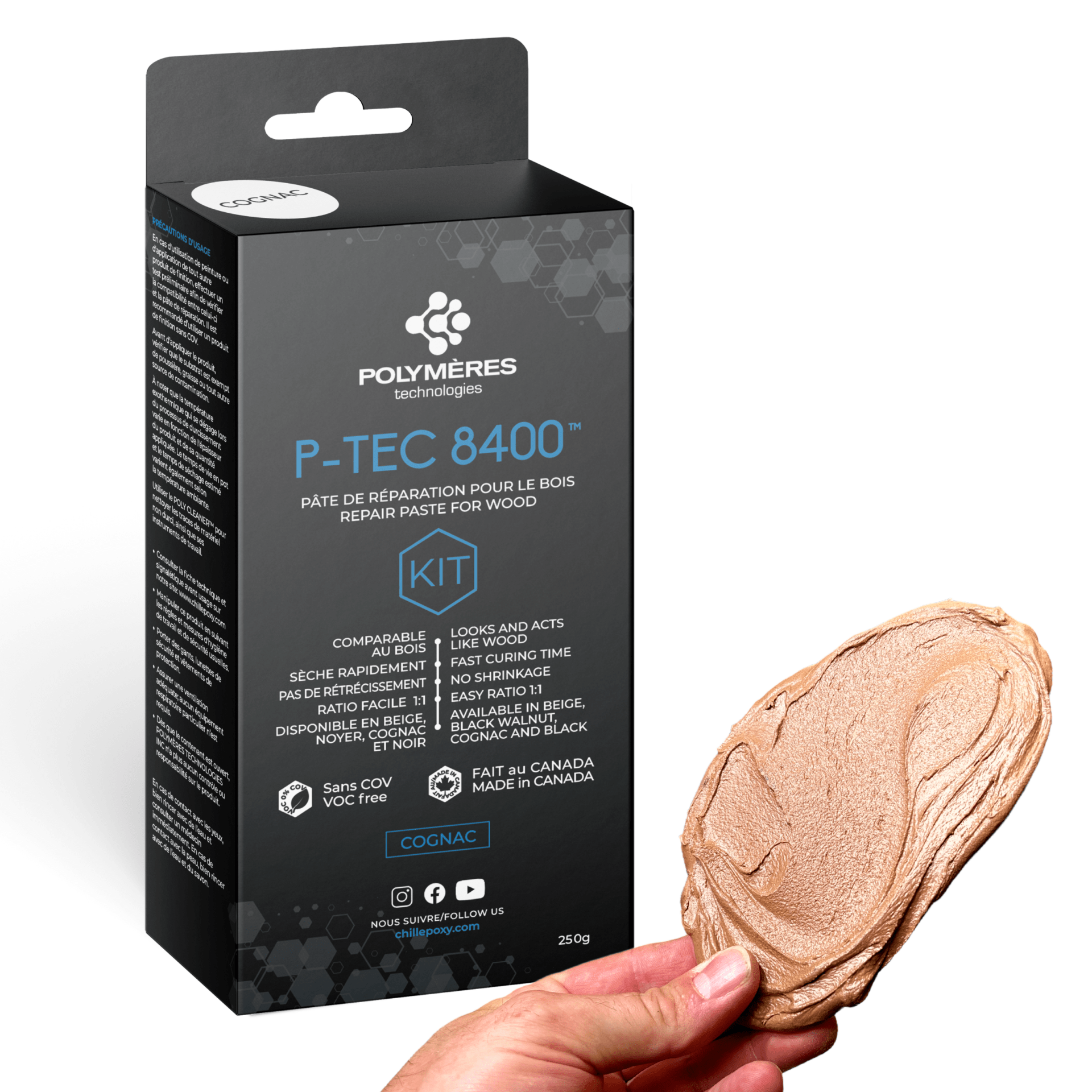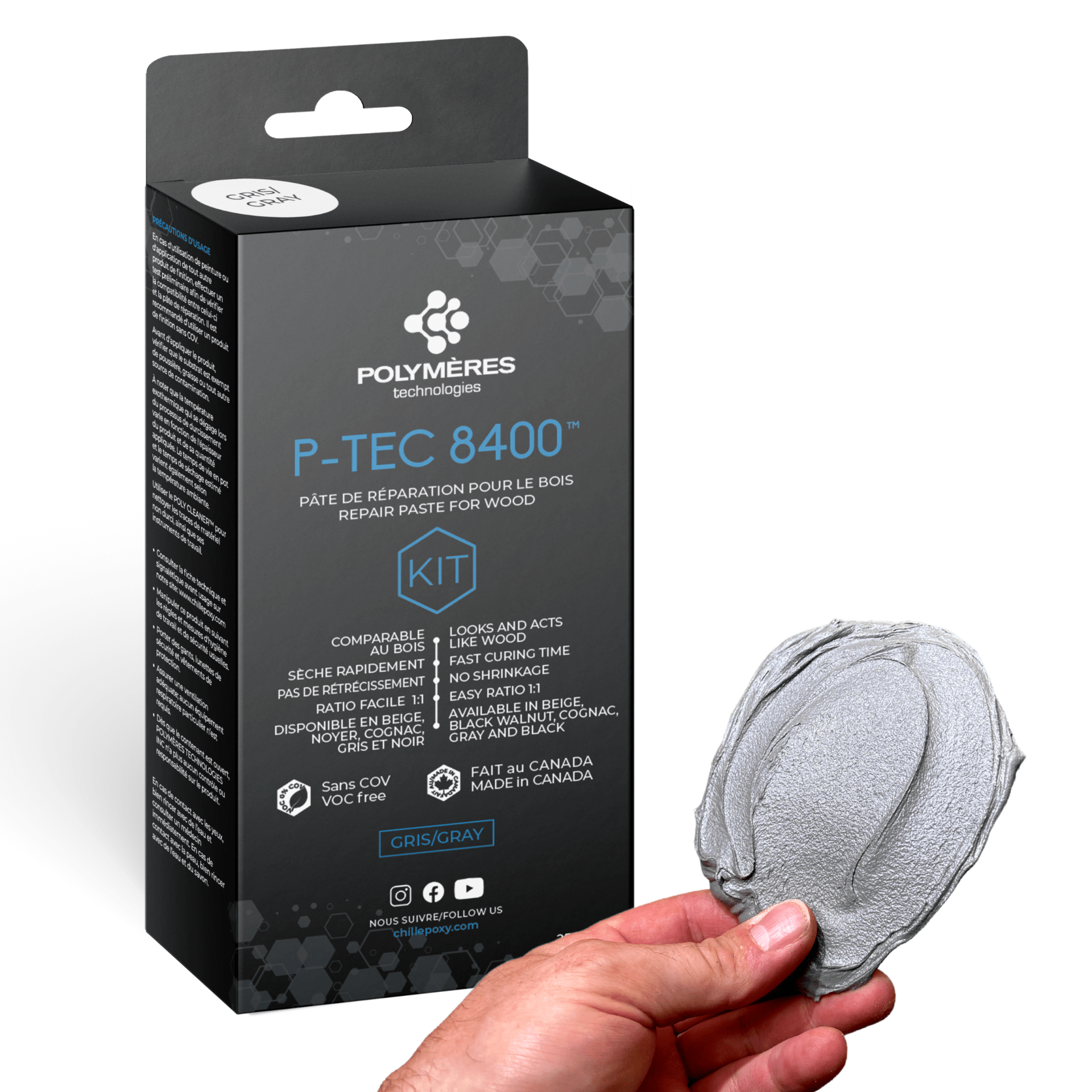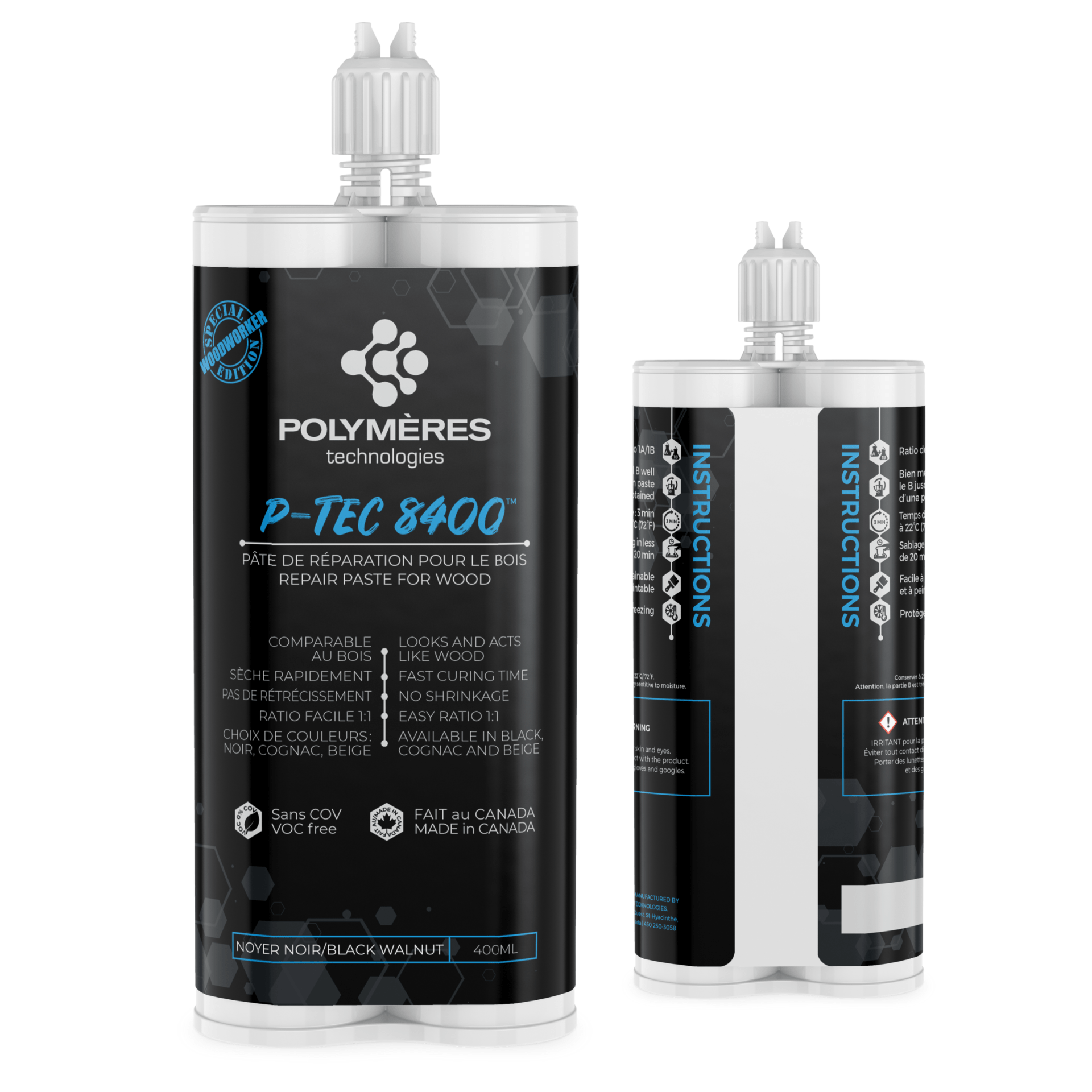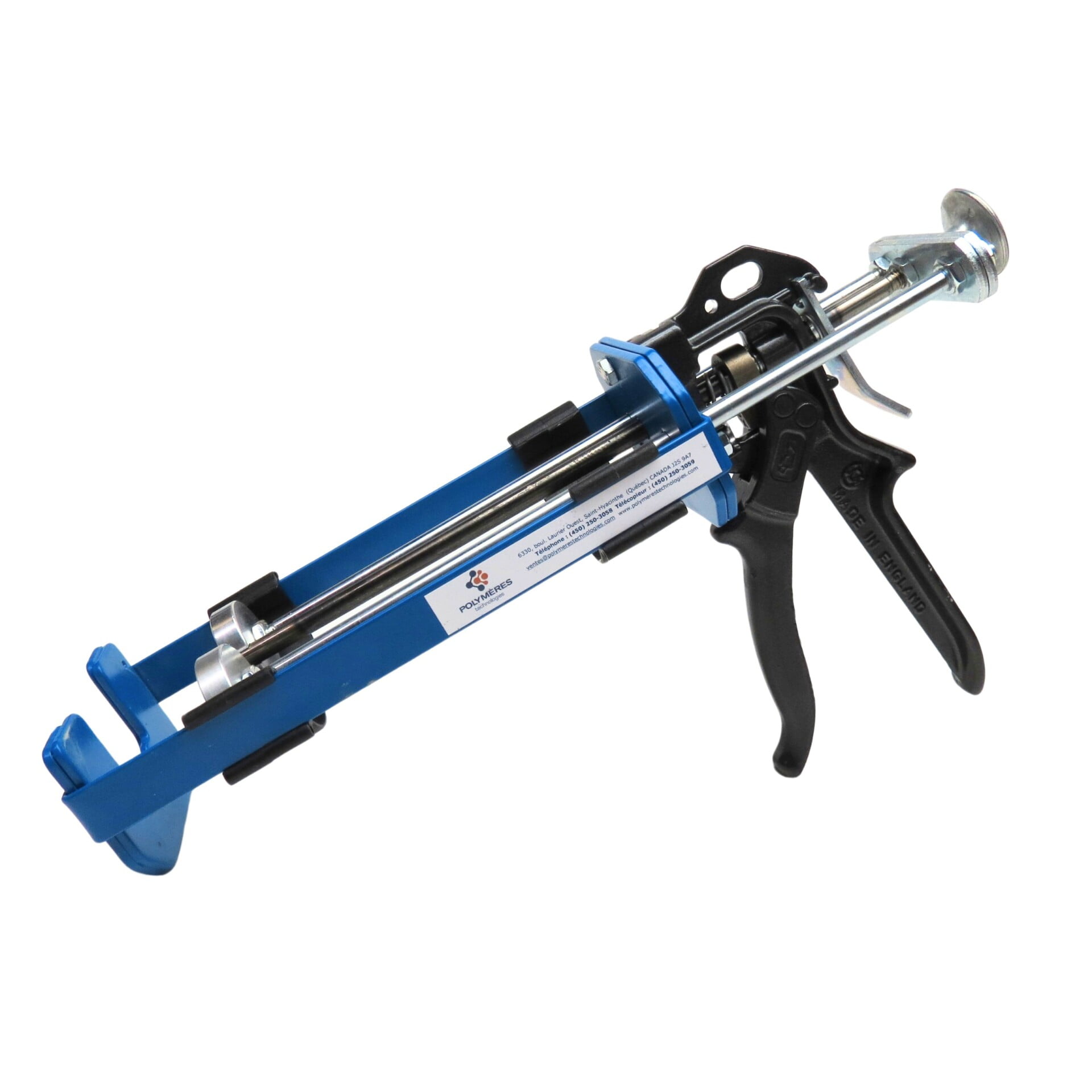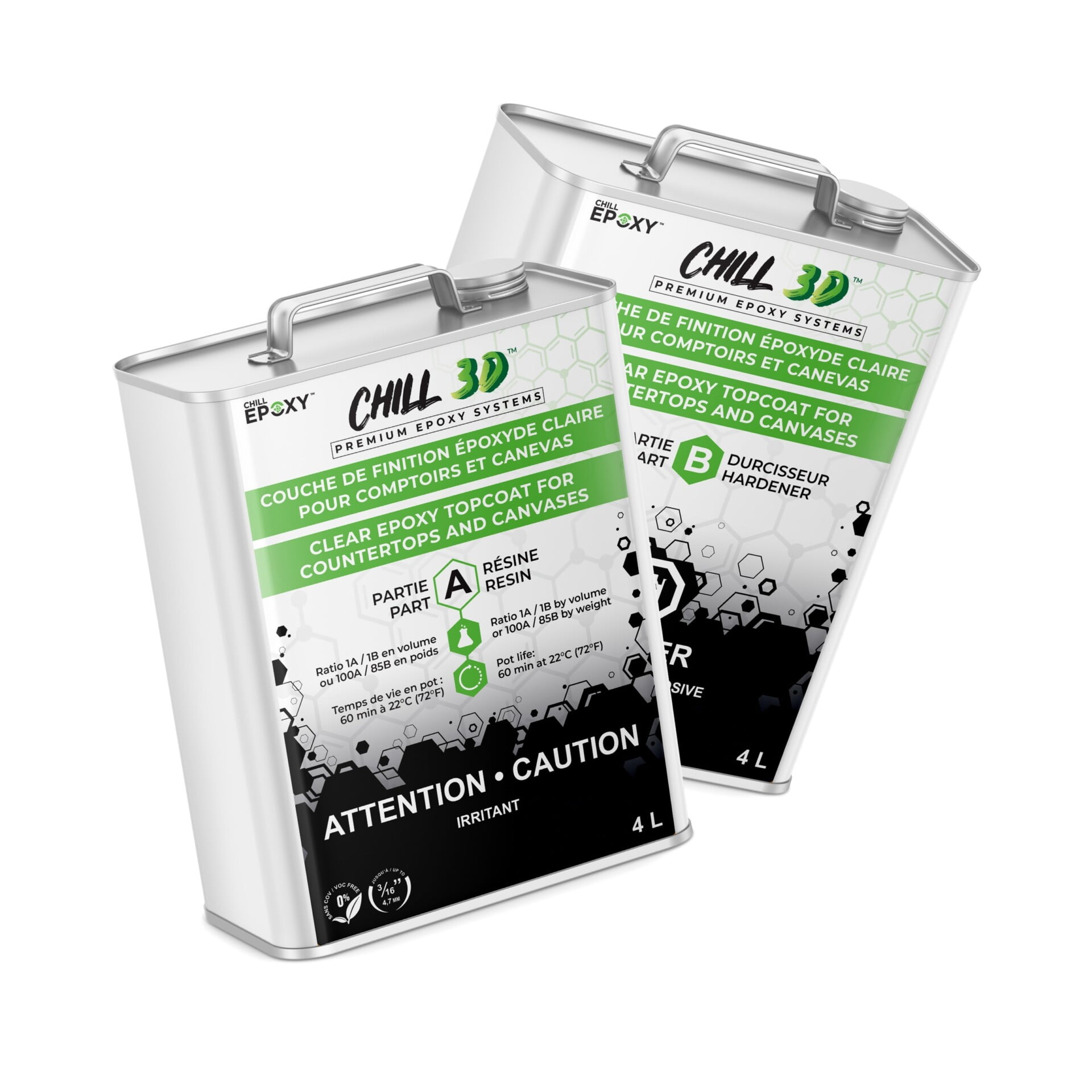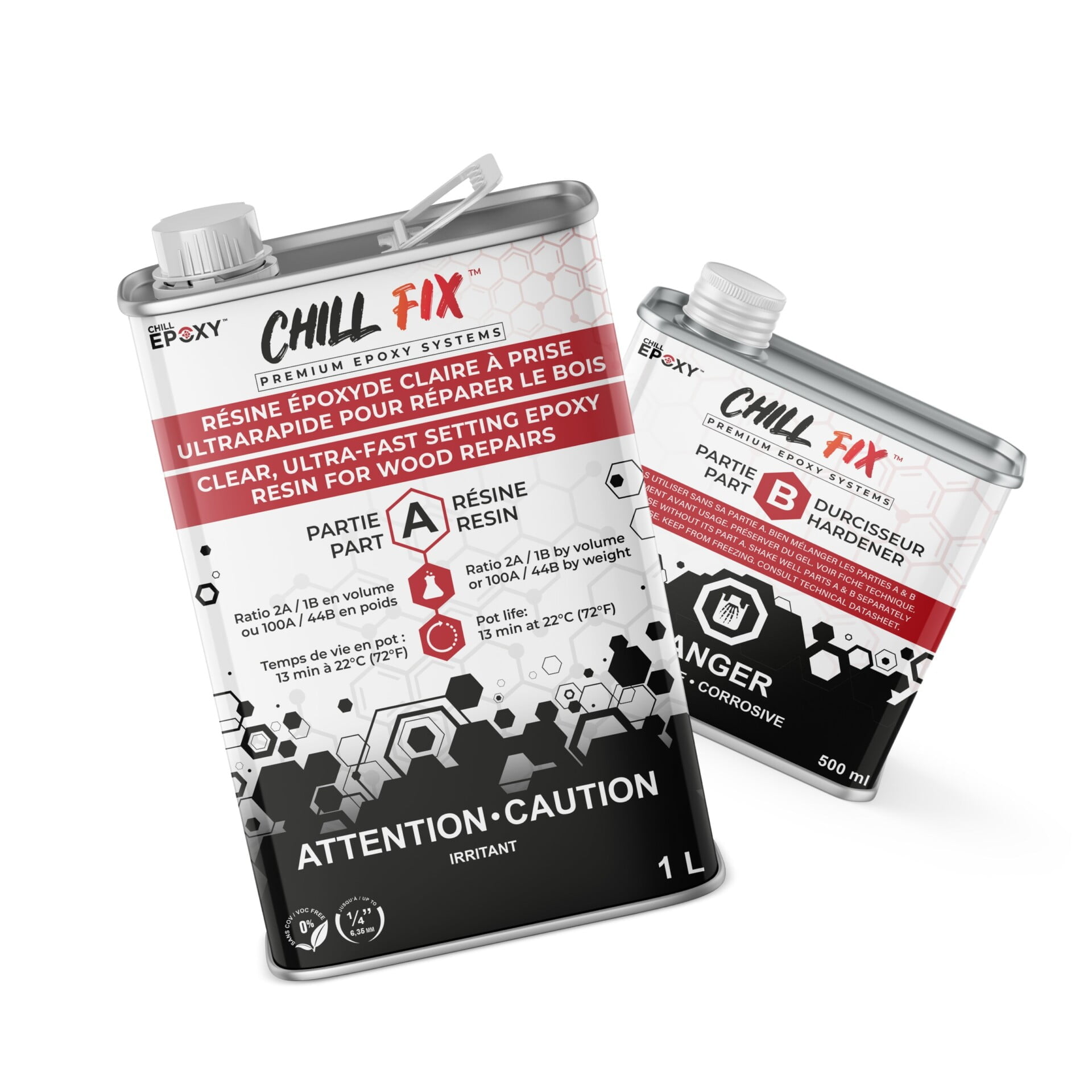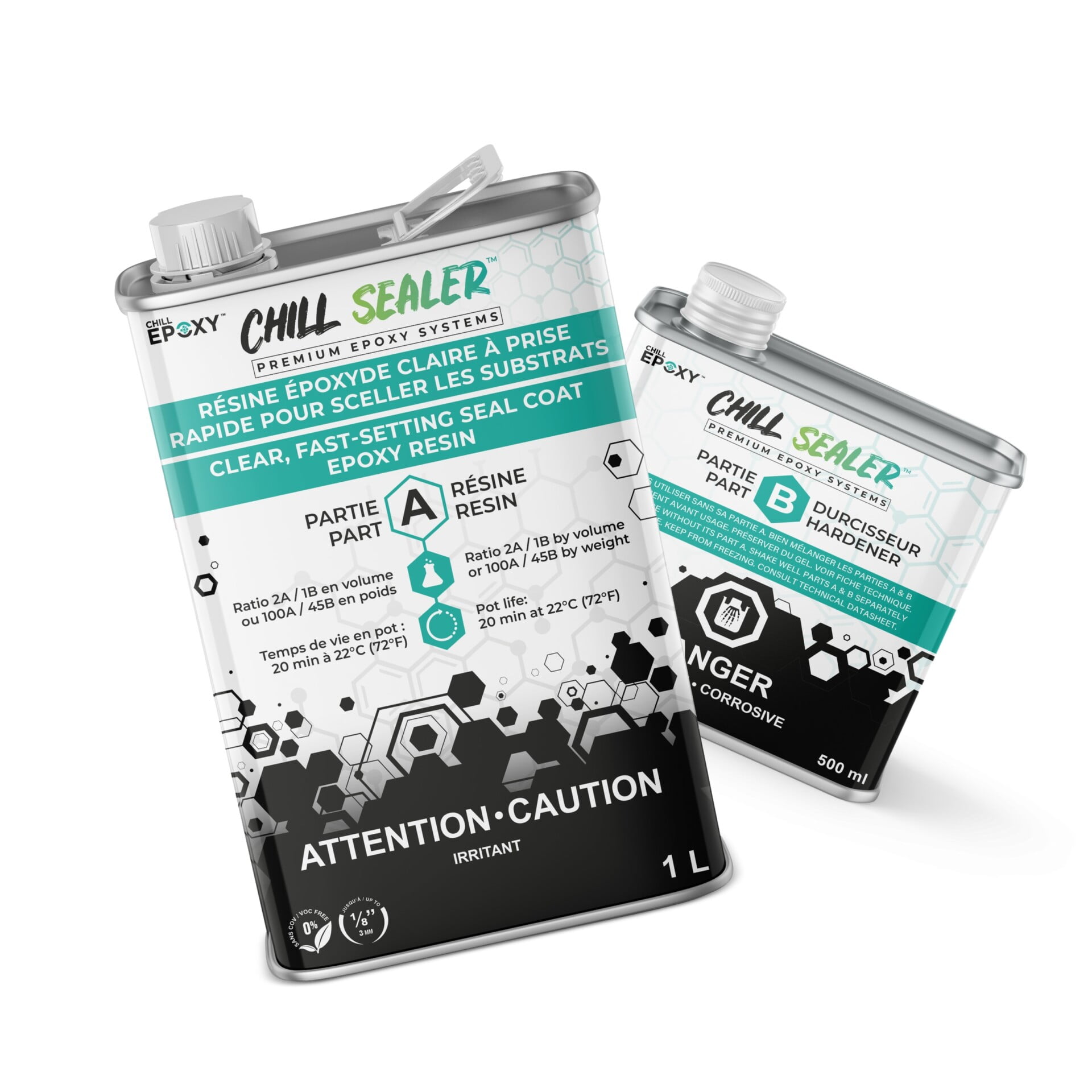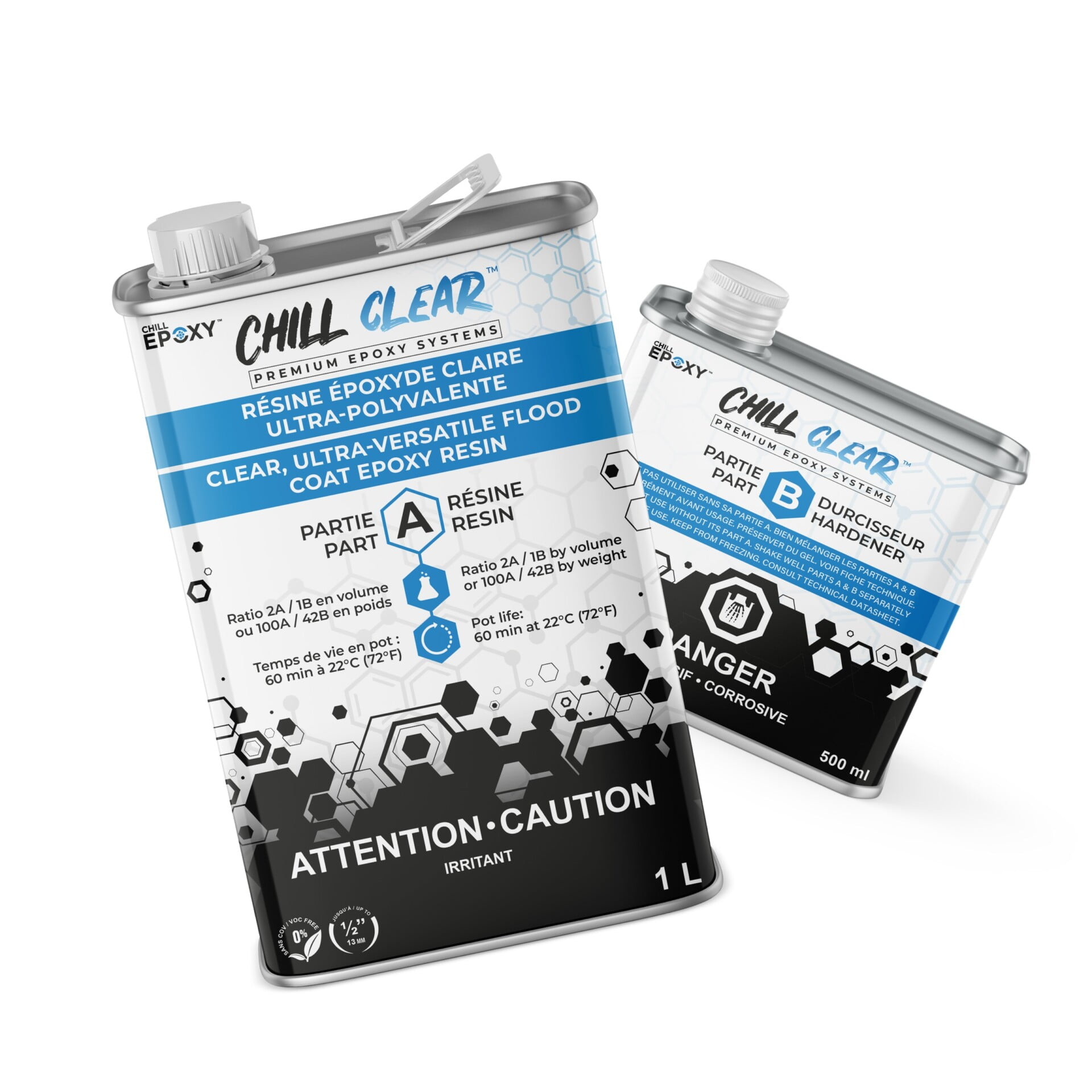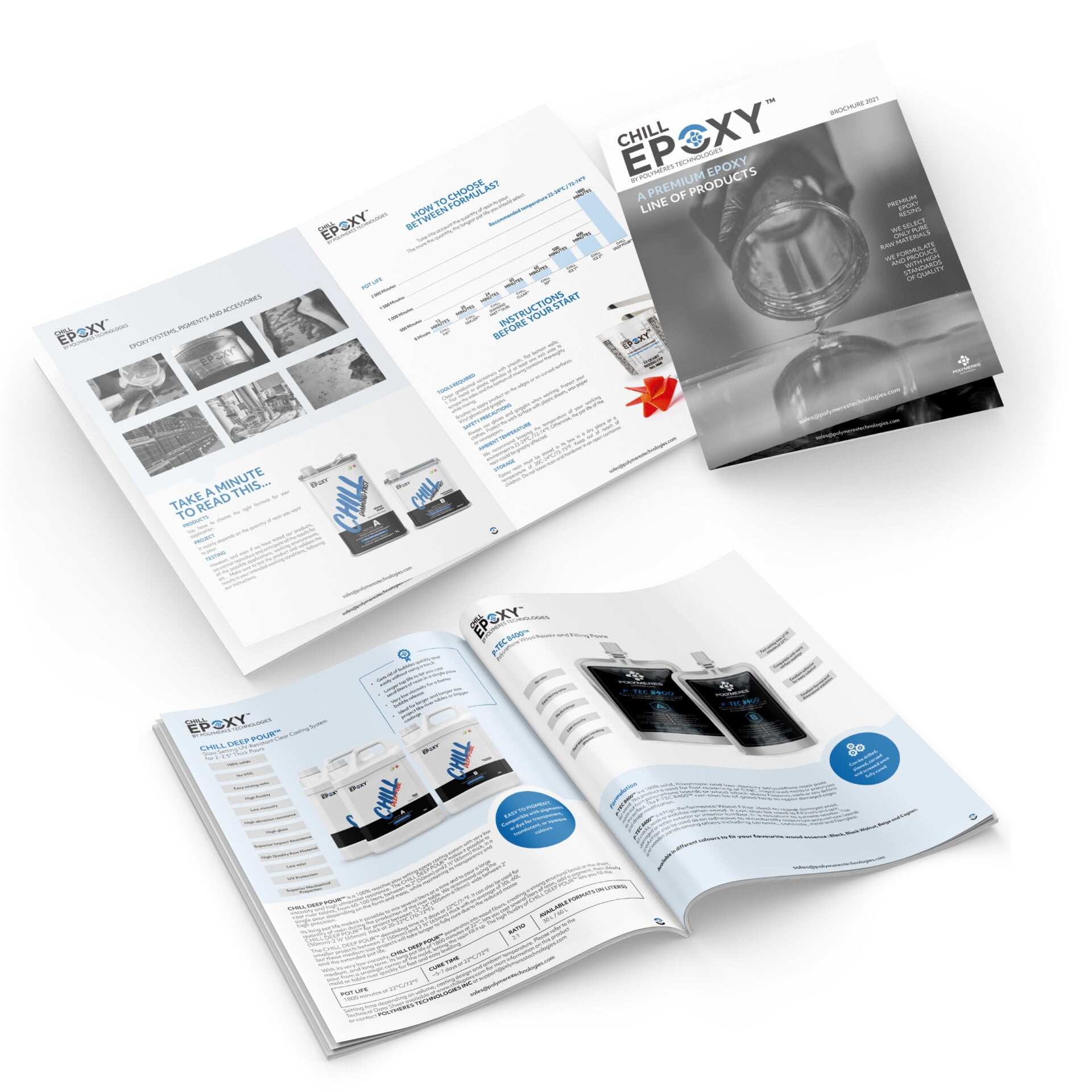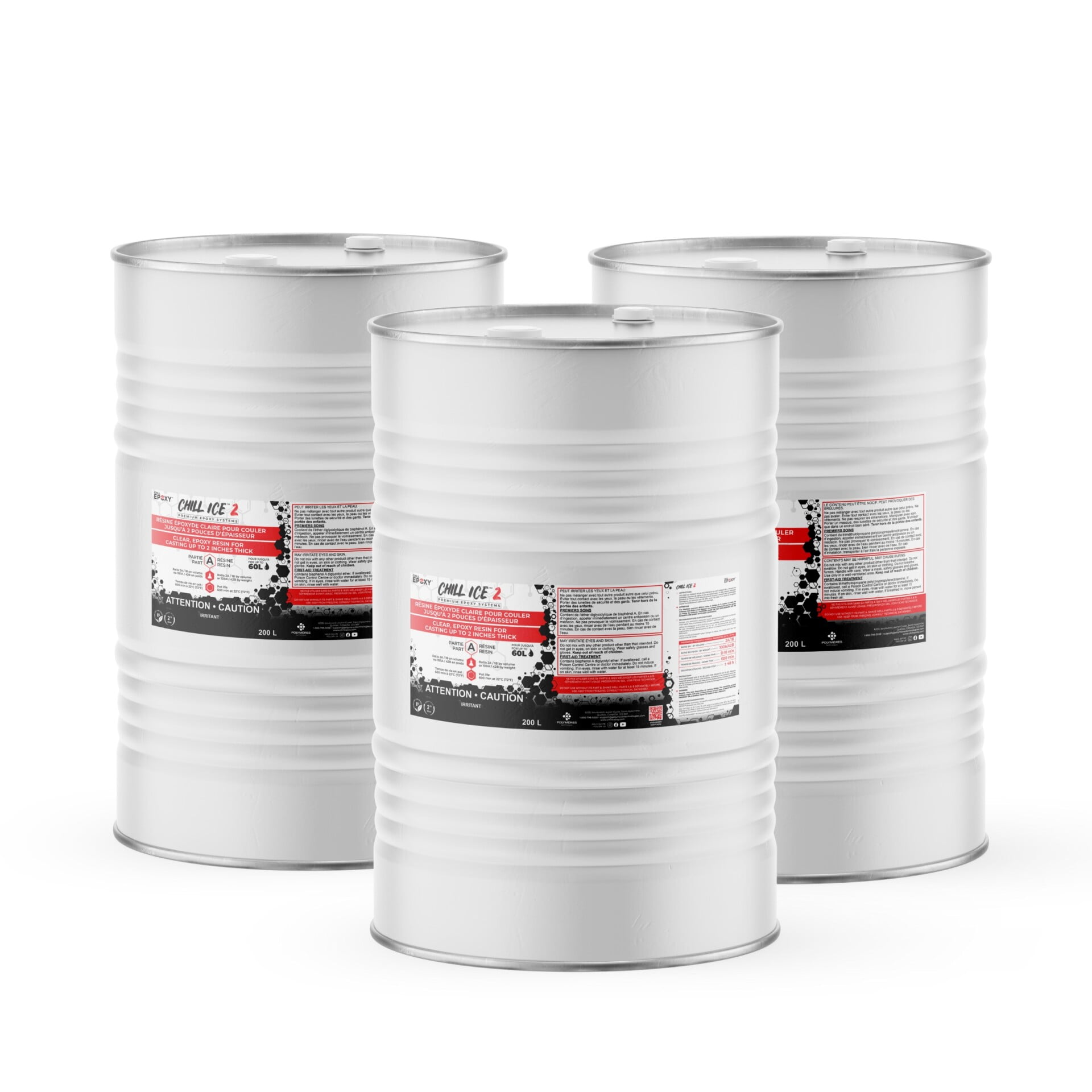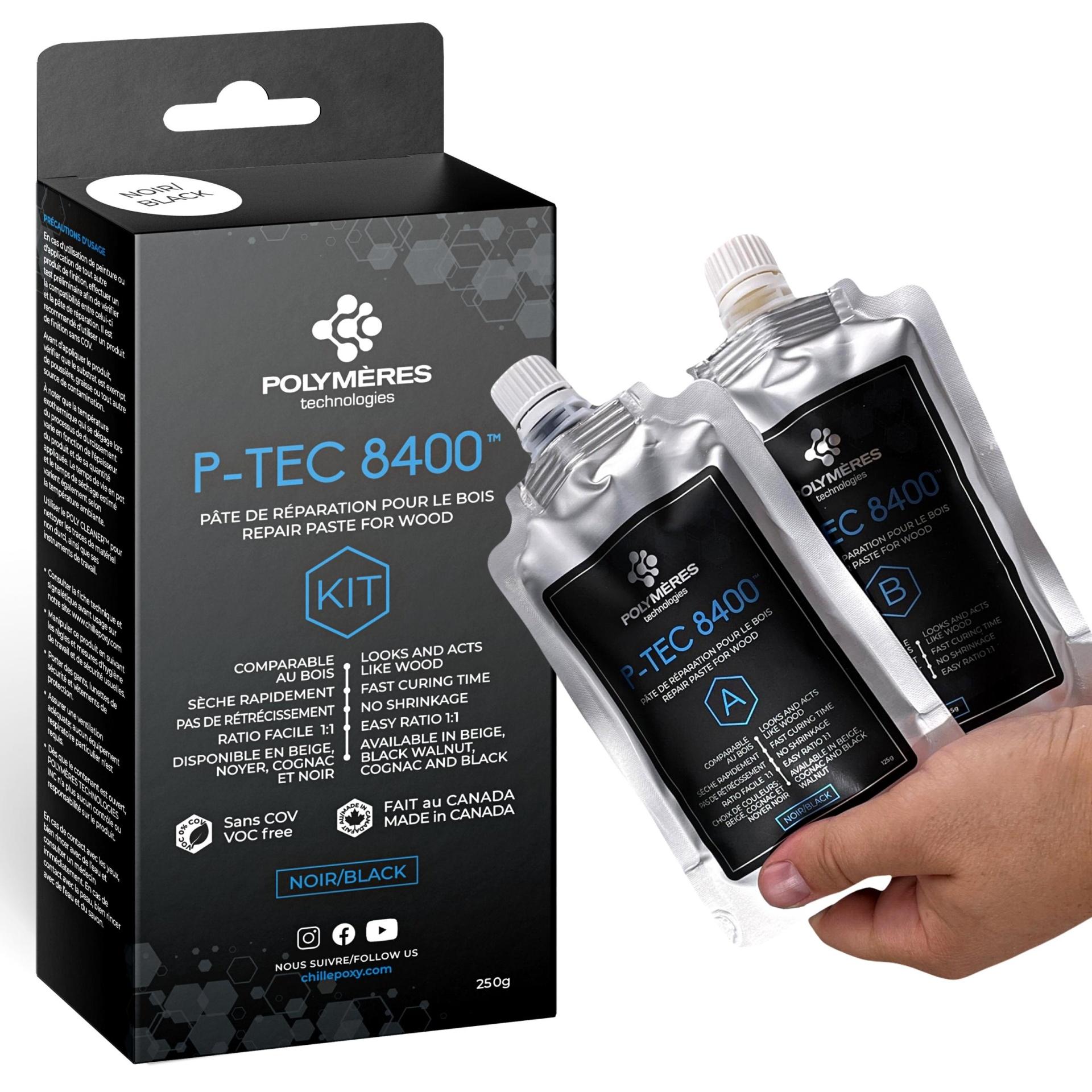CHILL EPOXY products, FAQ
How to Repair Wood Cracks
How to Repair Wood Cracks? Wood filler and repair paste, also known as wood putty, are essential tools for any woodworker, cabinet maker or furniture restorer. Whether you’re dealing with cracks, holes, or scratches in your wooden surfaces, these products can help to restore the appearance and structural integrity of your workpiece. In this blog, we’ll explore the different types of wood filler and repair paste, and how to choose the right one for your project.
Types of Wood Filler and Repair Paste
- Epoxy Wood Filler: Epoxy wood filler is a two-part mixture that creates a strong and durable bond. It’s ideal for filling larger cracks and holes, and for repairing structural damage to wood. It takes longer to dry than latex wood filler, but it provides a more permanent solution.
- Wood Repair Putty: Wood repair putty is a pre-colored putty that’s specifically designed to match the color of your wood. It’s perfect for small repairs, such as filling in scratches or dents, and for restoring the appearance of your workpiece.
Choosing the Right Wood Filler or Repair Paste
When choosing a wood filler or repair paste, consider the following factors:
- Type of Wood: Different types of wood have different porosity levels, and some woods may require a stronger or more flexible filler. For example, hardwoods like oak or maple may benefit from an epoxy filler, while softwoods like pine or cedar may only need a latex filler.
- Size of Repair: If you’re dealing with a large crack or hole, an epoxy filler may be the best option, as it’s more durable and can support the weight of the wood. If you’re dealing with small repairs, such as scratches or dents, a wood repair putty may be a better choice.
- Color Match: If color is important to you, consider a wood repair putty or a wood filler that can be stained or painted to match the color of your workpiece.
- Drying Time: If you’re working on a project with a tight deadline, consider a latex wood filler, as it dries quickly. If you have more time, an epoxy filler may be the better choice for a stronger repair.
P-TEC 8400™ is a 100% solid polyurethane repair paste that is ideal for repairing damaged wood, including CNC machined molds and prototypes made of polyurethane boards. It can be used to repair fissures, voids, and other defects on the surface of the wood, and it’s strong enough for structural assembly with other materials like metal, plastic, and fiberglass. This product is available in four colors (black, cognac & beige, black walnut, and soon in concrete grey) and is resistant to extreme weather, making it suitable for both indoor and outdoor applications.
In summary, P-TEC 8400™ is a user-friendly, versatile and high-performance industrial repair paste with the following benefits:
- Easy mixing ratio of 1A/1B volume.
- Food safe and VOC free.
- No shrinkage and no odor.
- Can be drilled, planed, carved, and screwed.
- Easy sanding process.
- Fast setting time of 18 minutes at 22°C.
- Excellent thermal and dimensional stability.
- Compatible with many surface coatings.
- Excellent adhesive for many substrates.
This product provides a fast, easy and effective solution for repairing damaged wood, making it a must-have tool for any professional in the woodworking, cabinet making and furniture restoration industry.


